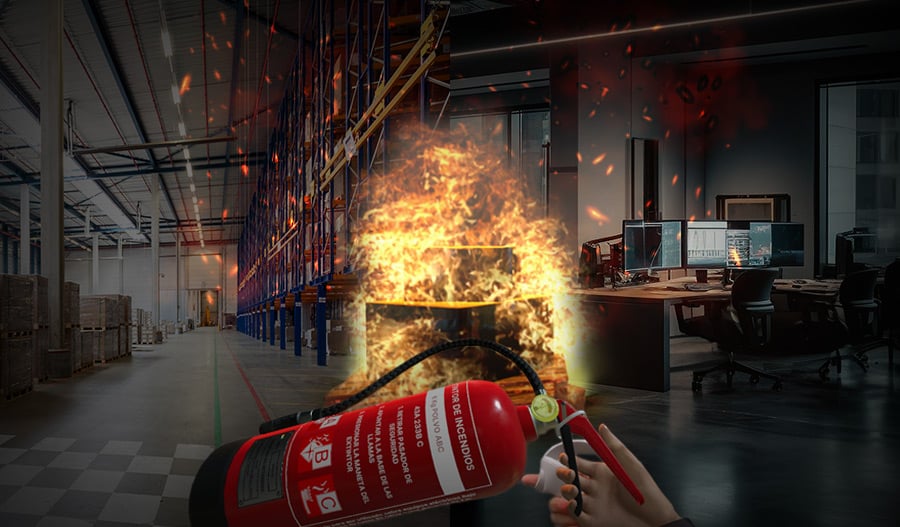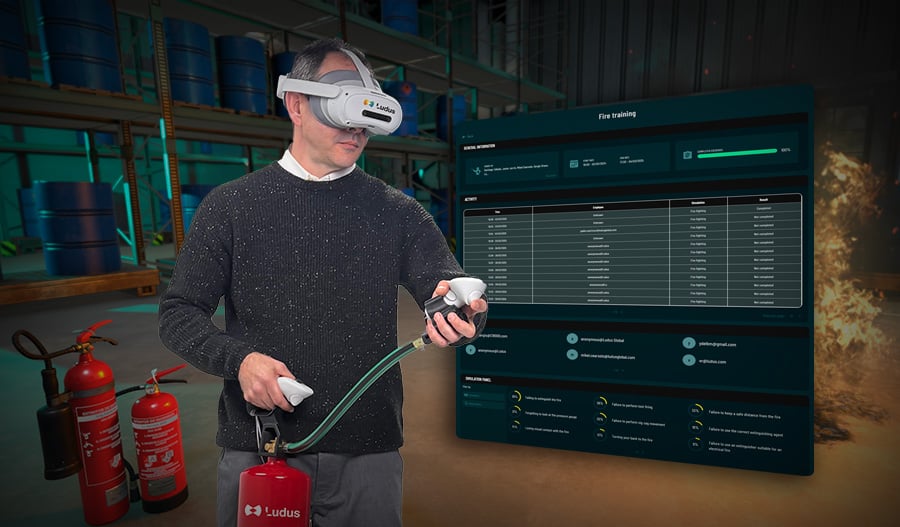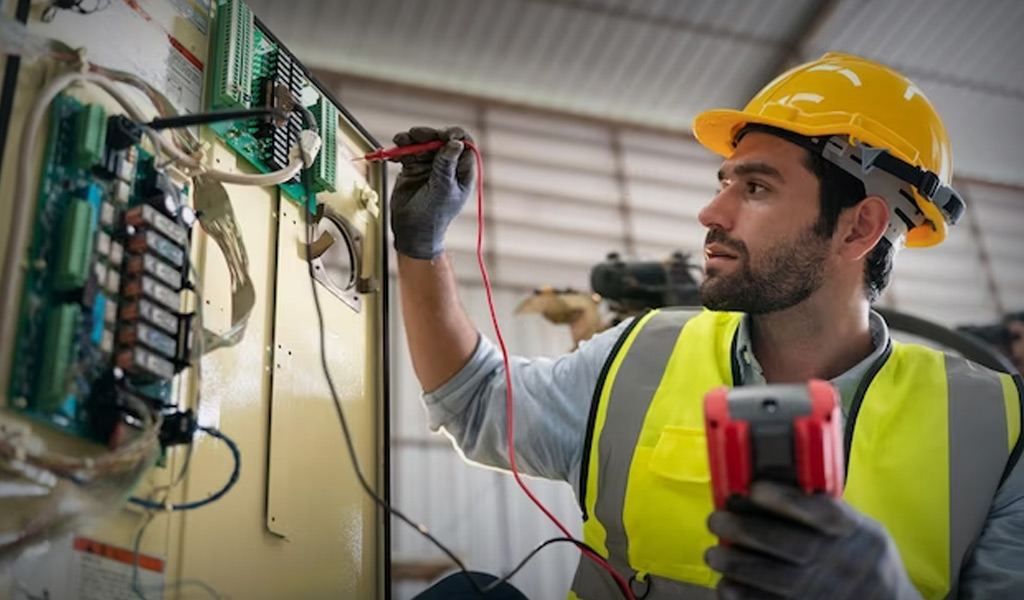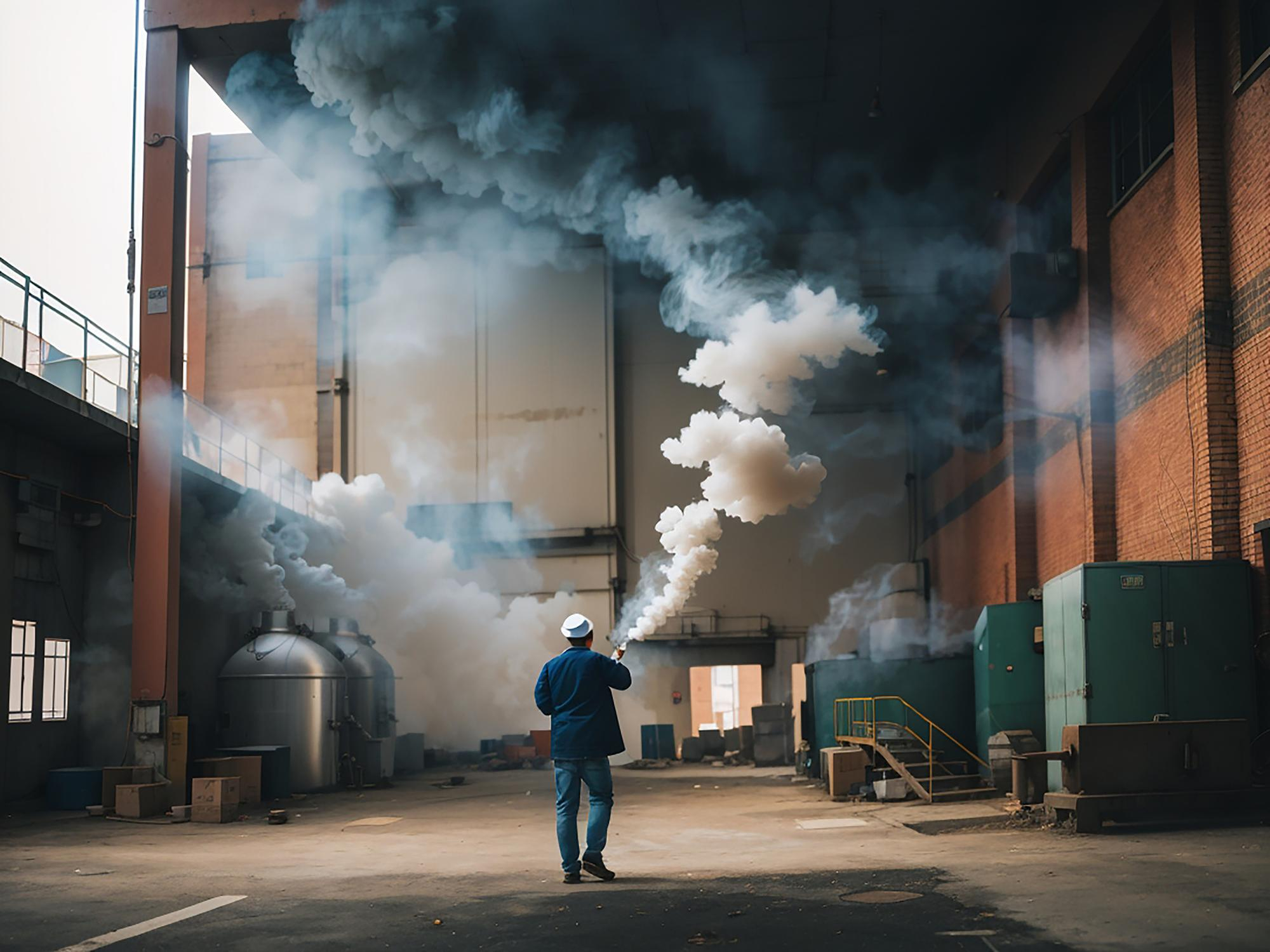Training in workplace safety and health is mandatory for companies and entails certain associated costs in terms of time and resources. The costs of occupational health and safety (OHS) training must be borne by the companies and should never be the responsibility of the employees. However, creating a safe environment for workers reduces accidents and saves lives, resulting in savings in expenses such as absenteeism and litigation.
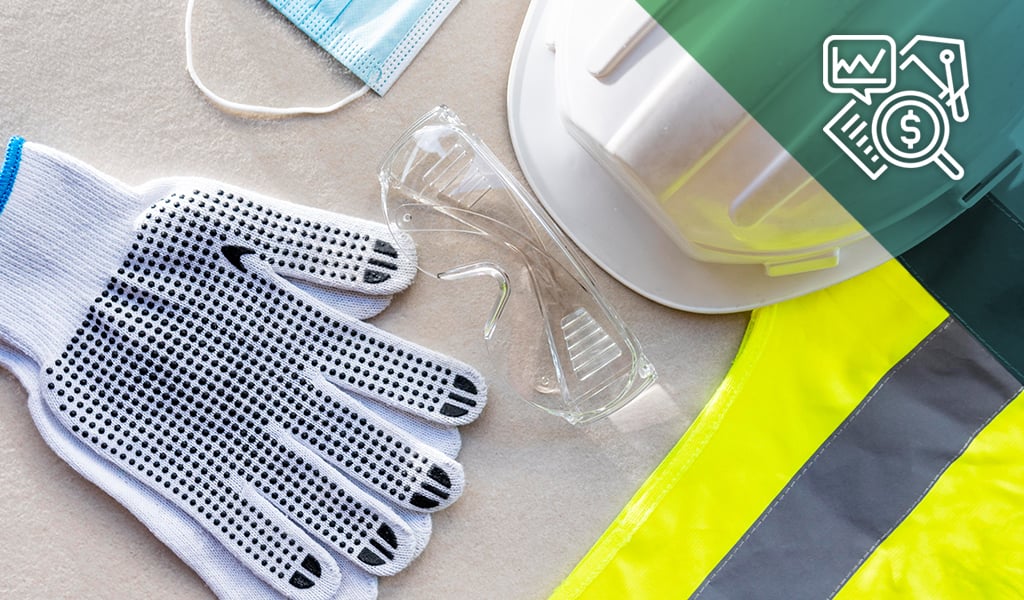
Mandatory Safety and Health Training
According to the Occupational Health and Safety Law, employers must "ensure that each worker receives theoretical and practical training in preventive matters." This training should specifically focus on the worker's position and adapt to the evolution and emergence of new risks.
Practical training is necessary to prepare workers for the reality of their job. Activities such as working at heights or operating heavy machinery involve inherent risks, and practical training is essential to prevent accidents.
According to the law, these trainings should be provided whenever possible during working hours. If conducted outside regular hours, the time should be compensated for after the employees' regular working hours.
Companies can provide training using their own resources or by hiring external prevention services (companies dedicated to providing OHS training). In any case, the cost of safety and health training should never be passed on to the workers.
Different Types of Costs Associated with Occupational Health and Safety Training
Among the various costs associated with occupational health and safety training, some are recurring:
- Costs of practical training: Some practical training requires expenses for materials or simulating risky situations. A clear example is firefighting training, which incurs not only evident costs but also environmental impacts.
- Costs in working hours: As the law stipulates, OHS training must be provided during working hours, incurring costs for companies. The more hours needed for safety and health training, the higher the cost in non-working hours.
- Costs due to process interruption: This is a common cost in practical training. To instruct employees in the safe operation of a crane, for example, the actual machine is traditionally used. By stopping the crane operation for training, costs are incurred for the company, increasing with each hour.
These and other costs, such as those associated with the activities of safety and health trainers, are part of the preventive process in companies. On the other hand, the investment in OHS ultimately proves to be profitable.
The Profitability of Investing in OHS
According to the presentation 'New Occupational Risks: Prevention 4.0,' presented at the International Prevencionar Congress 2021, the profitability of OHS is reflected in productivity. Data from this Egarsat report mention a 20% increase in production and a reduction in absenteeism of between 12% and 36% through investing in OHS.
Productivity is one of the fields benefiting from the investment in safety and health. The 'Adecco Report on the Healthy Company and Absenteeism Management' indicates that concern for worker safety becomes reciprocal. According to this report, employees "will feel more connected to the company, promoting it as genuine ambassadors, gaining competitive advantages and added value."
Occupational health and safety are essential elements for protecting workers' health and also for saving costs and boosting productivity. If you want to discover how virtual reality helps and provides different benefits to companies in HSE training, find out more at this link.


